|
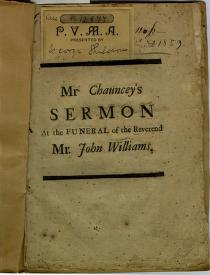
"A Sermon Preach'd at the Funeral of the Reverend Mr. John Williams"

"Lake Pleasant Campmeeting Guide for 1876"
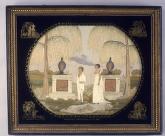
Phelps mourning embroidery
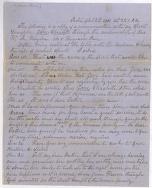
Communication with the Spirit of his dead daughter Jane Elizabeth Pierce
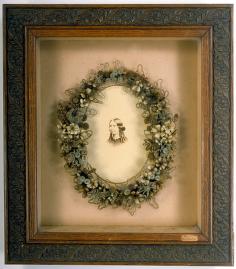
Framed Hair Wreath and Photograph
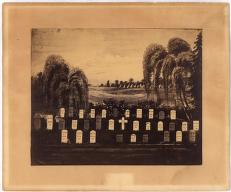
Memorial - 52nd Massachusetts Volunteers
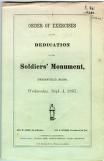
"Order of Exercises at the Dedication of the Soldiers' Monument, Deerfield Mass."

Memorial Print announcing the death of Hariet A. Cooley
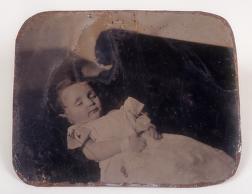
Post-mortem child, possibly Glen O. Watson
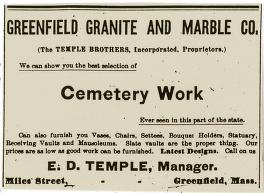
"Greenfield Granite and Marble Co." advertisement

Greenfield, Mass. Soldiers Monument and Second Congregational Church

"Albany Road Cemetery, 1696-1929"
|
Summary and Objective
Students will understand that examining funerary customs can provide insight to the beliefs and cultures of historical time periods. While studying the ancient Egyptians and their techniques of body preservation and how beliefs about the afterlife influenced their daily lives, students can look at the beliefs and customs of people in the Connecticut Valley of Massachusetts in the nineteenth century. How do they compare? What underlying assumptions are common to both cultures? What do the artifacts tell you about the people of the time period?
Teaching Plan
Step 1.
Break students into small groups of 3 or so.
Step 2.
Distribute select laminated pictures of the lesson items, as well as laminated pictures of funerary artifacts from ancient Egyptian times to each group.
Step 3.
Ask students to examine the photographs carefully and to compare post-mortem child with mummy. Compare stela with gravestone. Compare hieroglyphics on pyramid inner walls to Phelps mourning embroidery. Compare communicating with the Spirit world with Egyptian beliefs about the afterlife,etc.
Step 4.
Have each group report out their findings to the whole class.
Step 5.
Students summarize their discoveries in writing.
Step 6.
Extension activity: Now compare and contrast what you learned about these two cultures with our modern day funeral customs. What might a future historian learn about us from these customs? What assumptions might he/she make?
|




